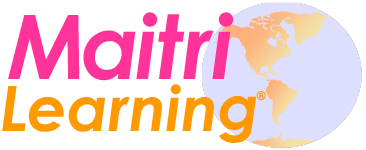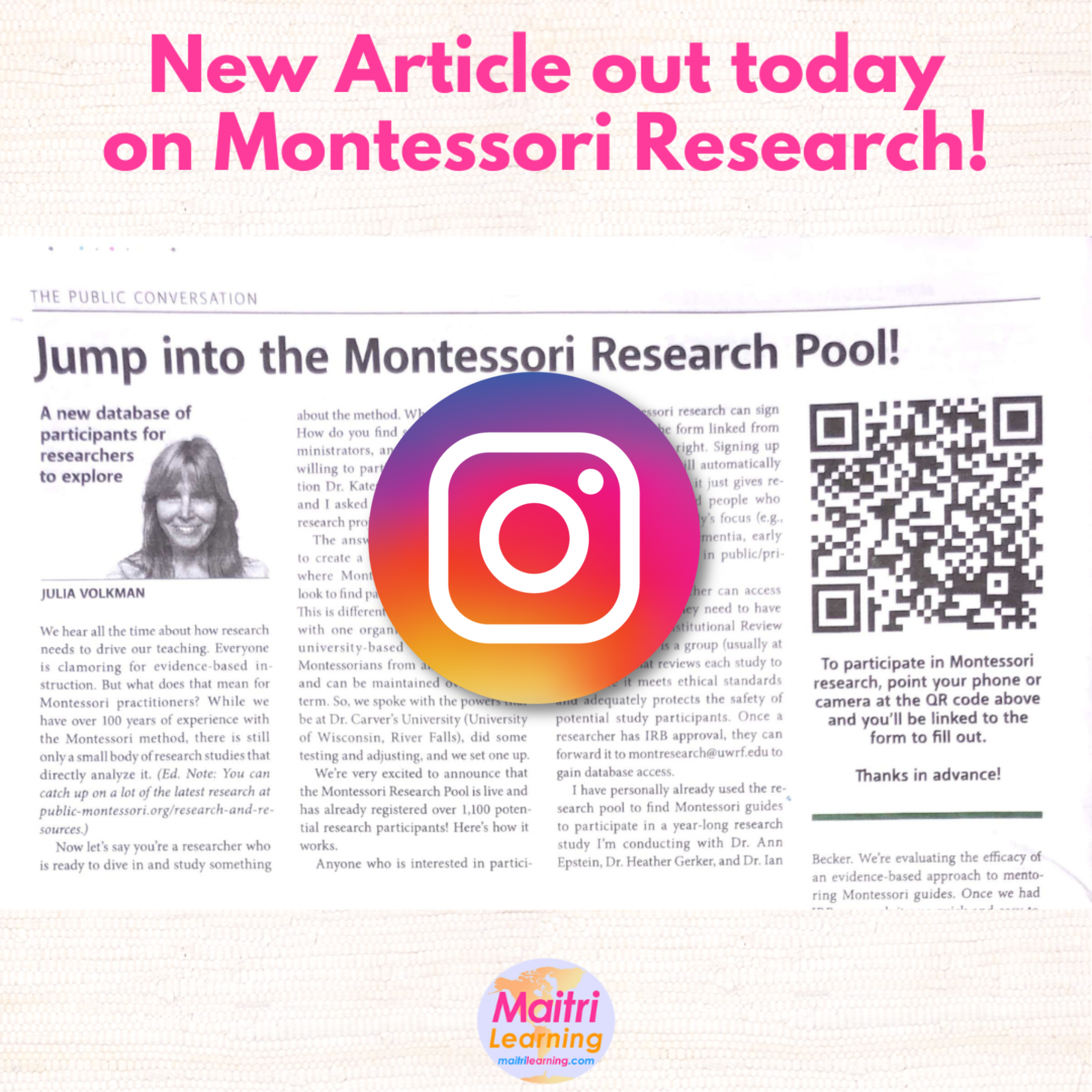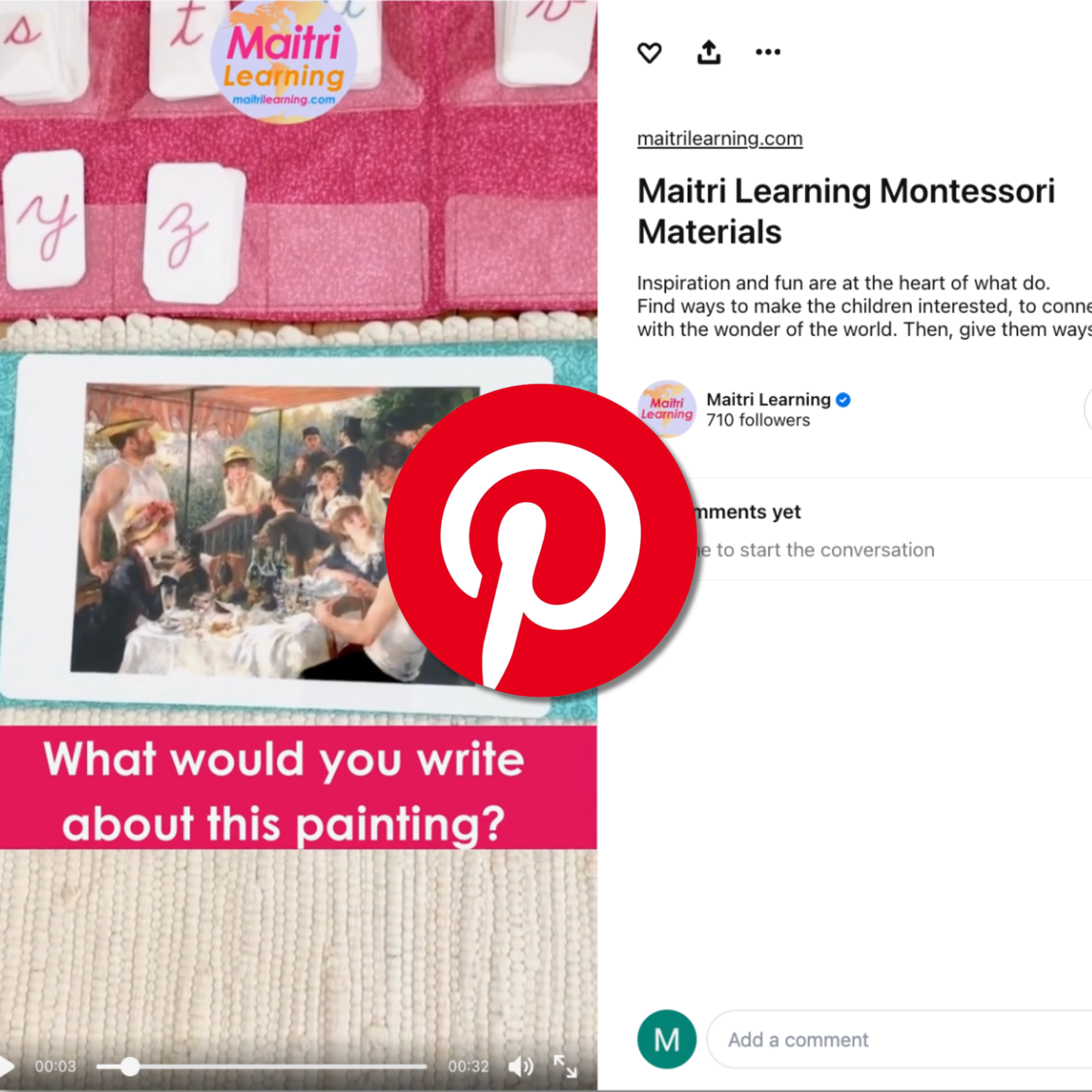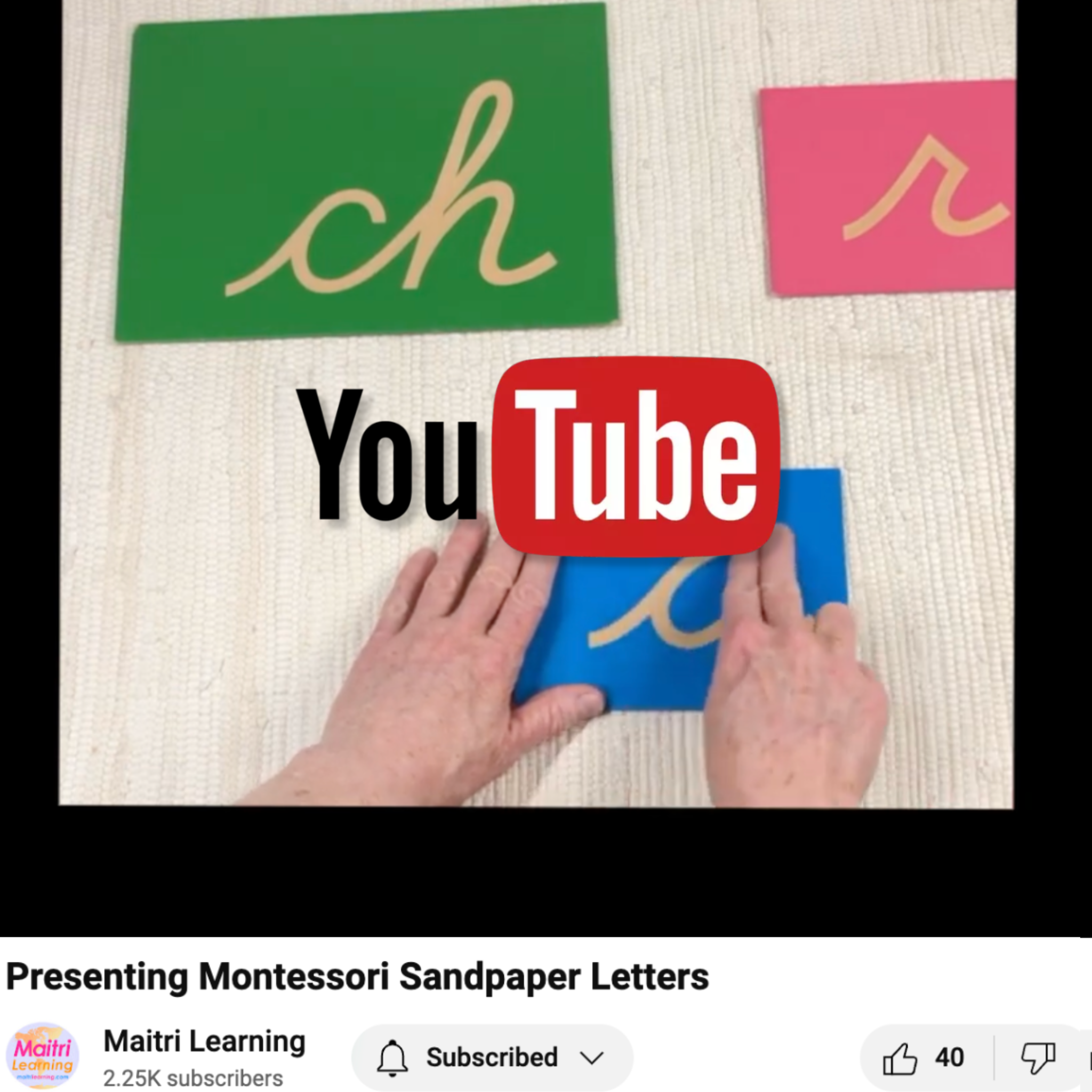All the ways to teach vocabulary

There is a long history of research looking into the importance of spoken language as foundational for learning to read and write. But, this isn't just about reading literacy, it's also about social cognition and connection. This is backed up both by science of reading research and by neurobiological research (Hong et al., 2018; Marks et al., 2019; McBride-Chang, et al., 2005; Romeo, et al., 2018; Rueckla et al., 2015; Zoll, Feinberg, & Saylor, 2023).
So, it is a clear priority of all of us who work with young children to intentionally focus on developing their vocabulary, background knowledge, and spoken language capacity. But, outside of Montessori environments and the world of specialists (like speech language pathologists), there is very little explicit work done with children to develop vocabulary.
This is a vast oversight that we can rectify quite simply. Here is some guidance from our Language Teacher Education Album on what we can do.
#1: Name the parts of the body

We always want to begin with what is most relevant for the learner. When we're with an infant, toddler, or preschooler, that means we're talking about the parts of the body. This work begins with infants. When we're changing them, for example, we quietly narrate what is happening. We say things like, "Let's put your right arm in the sleeve. Now your left arm."
When they're a little older, we use the 3-period lesson. We touch our own nose and say, "This is my nose. Touch your nose." We continue for their leg, arm, head, etc. Don't be afraid to be precise. Name the wrist and chin and pinky finger! They will effortlessly absorb these new words and it will lay the foundation for their relationship with language throughout their life.
#2: Name the objects and furnishings in the child's space

When they know some of their body parts, we stretch out to the other objects in their space. We walk to the rug, touch it and say, "This is an oriental rug." Then we repeat that first period for the aloe vera plant and the blue floral pillow.
Do you see how we're using detailed language here? This is your chance to have some fun naming everything you see (lavender triangular pillow anyone?).
Next, we move onto the second period and ask them to go touch the oriental rug and we repeat for the other objects. Finally, once we're sure they know the names of the items, we move to the third period; we touch an item and ask, "What's this?" For toddlers, we may never get to the third period. That's fine. We don't want to ask the child to name something until we're confident they're going to succeed.
#3: Use vocabulary cards to follow the child's interests

You may have seen moments when children seem obsessed with learning the names of everything. And they memorize the names quickly! This is when their brain’s are ripe for effortlessly learning new vocabulary. If they love trucks and cars, teach them the names of every truck and car you see. For nature lovers, you'll want to have field guides handy so you can help them discover the incredible breadth of their area of interest. I mean, how many shapes, colors, and sizes of spiders are there in the Audubon field guide?
But for all children, you'll also want vocabulary cards. The big difference between the cards and a book is that the children can lay their hands on each individual creature or object. They can pick them up, examine them closely, stack them up, make piles of their favorites, etc. And, these cards should isolate their subject so it’s clear that we’re talking about a cat, for example, and not the bed the cat is lying on. Make sense?
In everything we do, we want to focus like a flashlight in a dark room on exactly what we are teaching. No distractions allowed! So, we want the subject we're presenting in a photograph to be all by itself on a white background. Further, we don't want any words at all on the cards. Why? Because having text on the page when a child has no possibility of reading that text gives the child a subtle message that they are missing something in the work. This may contribute to a self-efficacy decline (Volkman, 2017).
#4: Play sorting games

Once they know the vocabulary, you can show the child how to organize or sort it into groups. At first, do this with the laundry or other items around the house (like sorting socks from wash cloths or forks from spoons). Later, after they’ve used vocabulary cards, you might show them how to sort fruit from dogs (great contrasts). But, as they get more skilled, you can show them something harder like how to sort fruit from vegetables.
The point here is not accuracy. We don't have to make sure the child can sort the way WE think it should be sorted. They might sort based on color or size or preference rather than the categories we present. That is just fine. The goal is to give the child opportunities to work with the vocabulary and to practice categorizing. This leads to the development of gist.
#5: Play matching games
Once they've learned vocabulary, children want (and need) to work with their new words to solidify their knowledge. Matching cards let children play with the words they love in lively games that help to train the memory while simultaneously helping to refine eye-hand coordination.
Start by have each set contained in its own basket or cloth pouch. This helps us focus on the activity of matching without getting lost in mixed up piles of cards (you know what I mean). Then, lay out one set of cards in a column and match the others side by side.
When they've got this down, add distance by placing one set of cards far away from the other set. This challenges the children, adds interest to inspire more repetition, and gives cause for purposeful movement.
Finally, turn the cards over and lay them out in a grid for memory matching games. For more information, download our free lesson plan describing how to use Matching Cards.
Just as with vocabulary cards, it is super important that your matching cards contain no written language whatsoever. This is a visual matching of picture to picture only. If text appears on the cards, it may subtly discourage the children from using them; children will want to read the words and if they are unable to, they may see it as a failure. So, save the words for the children who are doing solid movable alphabet work. Once they have the possibility of reading the words, cards with words can be used but not before.
#6: Sort & matching at the same time

When they're ready for more, you can slowly increase the difficulty by putting all the cards into one basket, mixed up! You choose a card and place it at the top of a column. Then choose the next card and put it beneath the first if it is in the same category or start a new column if it is a different category. Continue for a few more and let the child step in. It's a lot harder than it seems!
#7: Play "Listen & Do"

You can have so much fun with this. Just ask your child to do something like point to the book or sniff the flower. Let them have a turn and tell you what to do too. They love that! These games are great for helping children put their vocabulary knowledge to use and exercise their developing working memory abilities.
There's really no limit to this spoken language activity but try to include the following types of games:
- Furnishings & surroundings (Walk to the easel)
- Names of the exercises (Touch the red rods)
- Objects within exercises (One at a time, ask them to bring objects from activities to the rug like a pink tower cube, a blindfolded sorting bead, a metal inset tray, etc.)
- Classifications (e.g., brushes) (One at a time, ask them to bring the table scrubbing brush, metal polishing brush, dishwashing brush, etc. to the rug)
- Entire exercise (Take a whole activity to a rug, name an item and have them place it on the rug; continue for all items and be sure they are laid out in order of use)
- Double commands (Get the duster and dust a bead)
#8: Play categories

Remember playing the game categories when you were a kid? That's what we do here. We start just like in the game categories. We think of a fruit, for example, then name it, and encourage the children to name other things in this category. You can do this just with spoken words or by also going around and collecting items in your category.
When they're ready for more challenge, we can ask them to name related nouns like animals and their young (bear, cub). Or we create compound words together (I'm thinking of a word that is two words put together. Rain... bow).
Continue this game for everything we want to lay the foundation for, particularly with word study. So you'll want to play the game for antonyms (I'm thinking of words that mean almost the same thing big...large...huge...gigantic), for synonyms, plurals and more. Do you see what I mean? If we do this preparatory work with the children now, they will excel when we get to the official word study work later.
AND ALWAYS, SPOKEN LANGUAGE!

Underlying all of this work, is the core spoken language work of talking, singing, rhyming, finger plays, reading books together, and more that we do throughout the day everyday. You can read all about that on our blog post on Spoken Language Lessons.
You can read more about teaching vocabulary in our blog post on All the Ways to Teach Vocabulary. If you'd like to go deeper with all of these activities, take a look at our Language Teacher Education Album. It includes all the steps in every one of the lessons listed here.
We hope this helps!
References
Hong, T., Shuai, L., Frost, S. J., Landi, N., Pugh, K. R., & Shu, H. (2018). Cortical responses to Chinese phonemes in preschoolers predict their literacy skills at school age. Developmental Neuropsychology, 43(4), 356-369.
Marks, R. A., Kovelman, I., Kepinska, O., Oliver, M., Xia, Z., Haft, S. L., ... & Hoeft, F. (2019). Spoken language proficiency predicts print-speech convergence in beginning readers. NeuroImage, 201, 116021.
McBride-Chang, C., Cho, J. R., Liu, H., Wagner, R. K., Shu, H., Zhou, A., ... & Muse, A. (2005). Changing models across cultures: Associations of phonological awareness and morphological structure awareness with vocabulary and word recognition in second graders from Beijing, Hong Kong, Korea, and the United States. Journal of Experimental Child Psychology, 92(2), 140-160.
Romeo, R. R. (2018). Environmental Influences on the Neural Basis of Reading and Language Development (Doctoral dissertation, Harvard University).
Rueckla, J. G., Paz-Alonso, P. M., Molfese, P. J., Kuo, W. J., Bick, A, et al., (2015). Universal brain signature of proficient reading: Evidence from four contrasting languages. Proceedings of the National Academy of Sciences, 112(50), 15510-15515.
Volkman, J. (2018). Scaffolds and Spelling in Preschool: Using a Movable Alphabet to Measure Early Literacy. Harvard University (Master's Thesis). https://dash.harvard.edu/handle/1/37736756
Zoll, S., Feinberg, N., & Saylor, L. (2023). Powerful Literacy in the Montessori Classroom: Aligning Reading Research and Practice. Teachers College Press.














Leave a comment
This site is protected by hCaptcha and the hCaptcha Privacy Policy and Terms of Service apply.